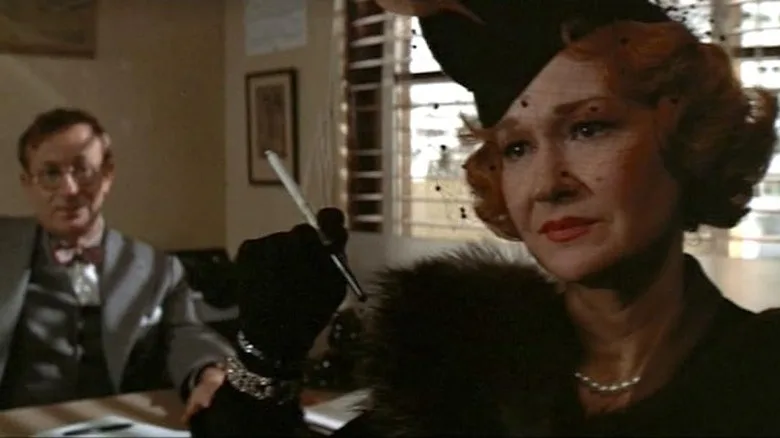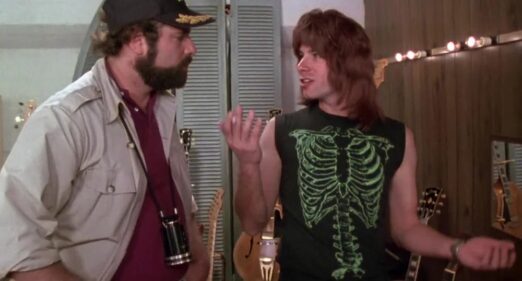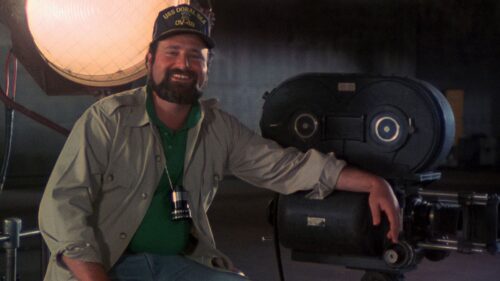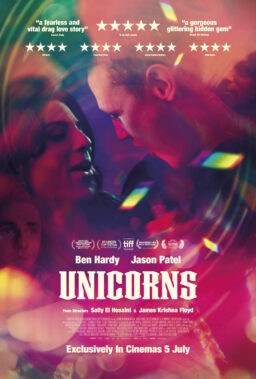On November 30th, on what would have been her 90th birthday, TCM is airing a double feature of two of Diane Ladd’s best performances: 1974’s “Alice Doesn’t Live Here Anymore” and 1991’s “Rambling Rose.” Oscar-nominated for both, they are wonderful examples of Ladd’s skill at sketching characters who felt like people you knew.
She had a grounded realism to her acting, a performer who looked at the world around her and incorporated those she met into her craft. She was an underrated actress, too rarely mentioned among the greats, but the truth is she was as reliable as anyone in her generation. She never felt false. You couldn’t see the strings as you do when so many performers try to step into the shoes of “real people.” She sought truth in her characters and, by doing so, got lost in them.
And she shaped careers in a manner that’s also underrated. We wouldn’t really have the same impression of legends like Martin Scorsese, Alexander Payne, Roman Polanski, or David Lynch without the way she influenced their legacies. She was an outspoken leader in her craft, and Hollywood is a darker place now that she’s left it.
Few actresses had Diane Ladd’s longevity, with credits spanning an incredible eight decades and over 200 projects. Her Mississippi roots served her well when it came to playing characters from the region—she was actually a second cousin of Tennessee Williams—but she also sought to leave some of that behind, telling the St. Louis Post-Dispatch in 1993, “Southern women are supposed to be the greatest wives – next to the Japanese; we were raised to be slaves. I’ve come a long way.”
She started on that long way when she was just a teenager, landing a role in a stage production of Tobacco Road. Her first film appearance reportedly came in an uncredited role in 1961’s “Something Wild,” but she had already done notable TV work by then. She would pop up regularly on the small screen throughout the ‘60s, appearing in classics like “The Fugitive,” “Gunsmoke,” “The Big Valley,” and “Ironside.”
Diane Ladd became a household name in 1974 when she appeared in two of the best films of that year: Roman Polanski’s “Chinatown” and Martin Scorsese’s “Alice Doesn’t Live Here Anymore.” The first one to win was nominated for Best Picture, and the second one landed Ladd her first of three Oscar nominations for Best Supporting Actress. These two fantastic performances also displayed Ladd’s range. She was a performer who often felt stereotyped into “Southern Dame” roles, but these are such unique, fully-drawn characters that they alone prove the shallowness of that criticism.
She worked consistently from that point on in both film and television. Film highlights include “Something Wicked This Way Comes,” “National Lampoon’s Christmas Vacation,” “Wild at Heart” (her second Oscar nod), “Rambling Rose” (her third and final), “Citizen Ruth,” “Primary Colors,” and “Joy.” She also did a run on the TV sitcom “Alice,” loosely based on Scorsese’s movie, in 1980, but she lasted only one season, for which she won a Golden Globe. She was Emmy-nominated for guest appearances on “Dr. Quinn, Medicine Woman,” “Grace Under Fire,” and “Touched by an Angel.” She knew how to make an impact.
Of course, she was also a part of a legendary family. She married Bruce Dern in 1960, and they had two children. Sadly, one died at 18 months, but the other was Laura Dern, an Oscar winner herself. Whenever they would appear together, such as in “Rambling Rose,” “Wild at Heart,” or the truly special “Enlightened,” they brought an unmistakable truth with them to the set.
In a statement, Dern herself said it more beautifully than we possibly could:
“My amazing hero and my profound gift of a mother, Diane Ladd, passed with me beside her this morning, at her home in Ojai, Ca. She was the greatest daughter, mother, grandmother, actress, artist, and empathetic spirit that only dreams could have seemingly created. We were blessed to have her. She is flying with her angels now.”












